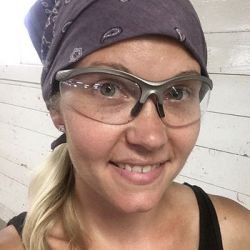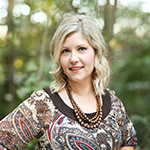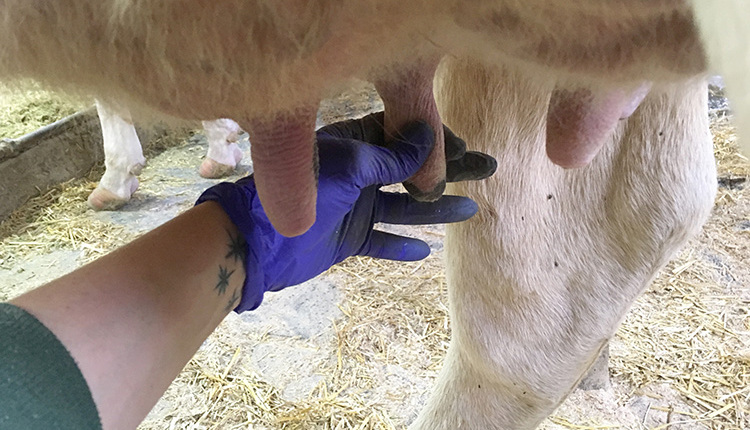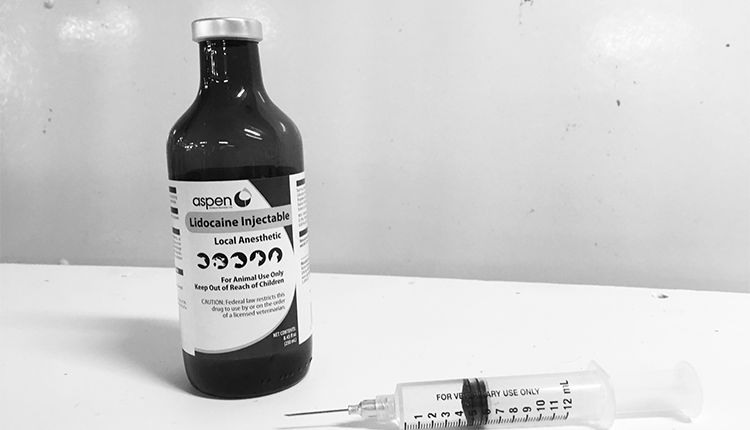
“Whap!” I didn’t even see the hit coming. That sound and the stinging pain were simultaneous.
It took place as I was hanging a unit up between two cows when the cow behind me gave a mighty swing of its tail and hit me square in the eyes. My left eye took the brunt of the blow. Tears gushed immediately as my hand flew to hold my eye, hoping that somehow holding it would stop the pain.
After I finished crying, I made a critical decision. I went to the milk house, dug a pair of safety glasses out of the cupboard, and finished milking with my stylish new eyewear.
I've worn those safety glasses every milking since.
Eyesight is precious
Honestly, I'm a bit ashamed that it took me over 10 years to realize the importance of eye protection. My husband, Glen, has worn eye protection since we started farming; due to removal of an optic nerve tumor when he was a boy, Glen only has sight in one eye, so he takes eye protection very seriously.
And I certainly had other eye-safety incidents that should have prompted me to start wearing safety glasses:
I scraped my eyeball on a stainless steel hook (the kind used to position milking unit hoses) when I was a girl. I tried to hide the accident from my parents because I was embarrassed by my klutziness, but my eye eventually turned several shades of purple, green, and yellow . . . there was no hiding the injury then.
In high school, my dad drove me to the ER (emergency room) because a speck of something fell in my eye and caused a severe reaction. The white of my eye ballooned up like a puffed marshmallow. The ER doc irrigated my eye with saline and assured me the swelling would subside as soon as the reaction wore off.
And I can't count how many times I've rushed to the milk house sink to rinse something out of my eye.
I’m lucky none of these close calls resulted in anything more than minor injury and irritation. But luck only lasts so long.
My chances of preserving my vision are far better with safety glasses. The American Academy of Ophthalmology estimates that 90 percent of eye injuries can be prevented by protective eyewear.
This bulletin from PennState Extension contains an excellent overview of eye protection standards and maintenance.
If you don't already wear safety glasses while farming, I encourage you to consider protecting your own peepers with appropriate eyewear.

The author is a dairy farmer and writer from central Minnesota. She farms with her husband, Glen, and their three children. Sadie grew up on a dairy farm in northern Minnesota and graduated from the University of Minnesota with a degree in agricultural communications and marketing. She also blogs at Dairy Good Life.








